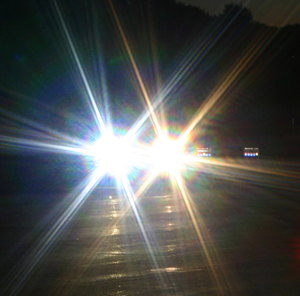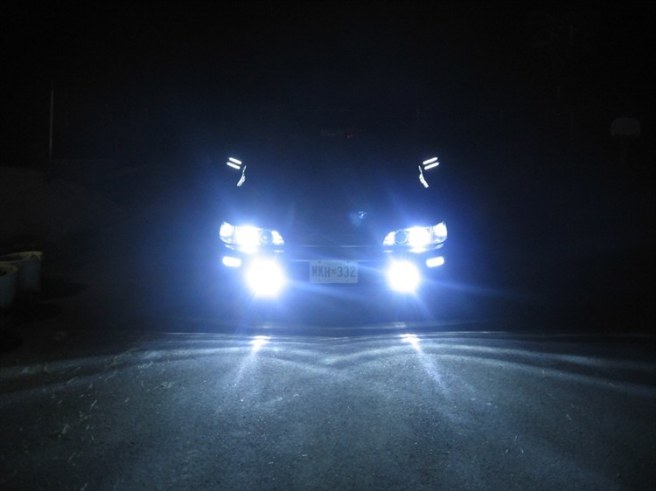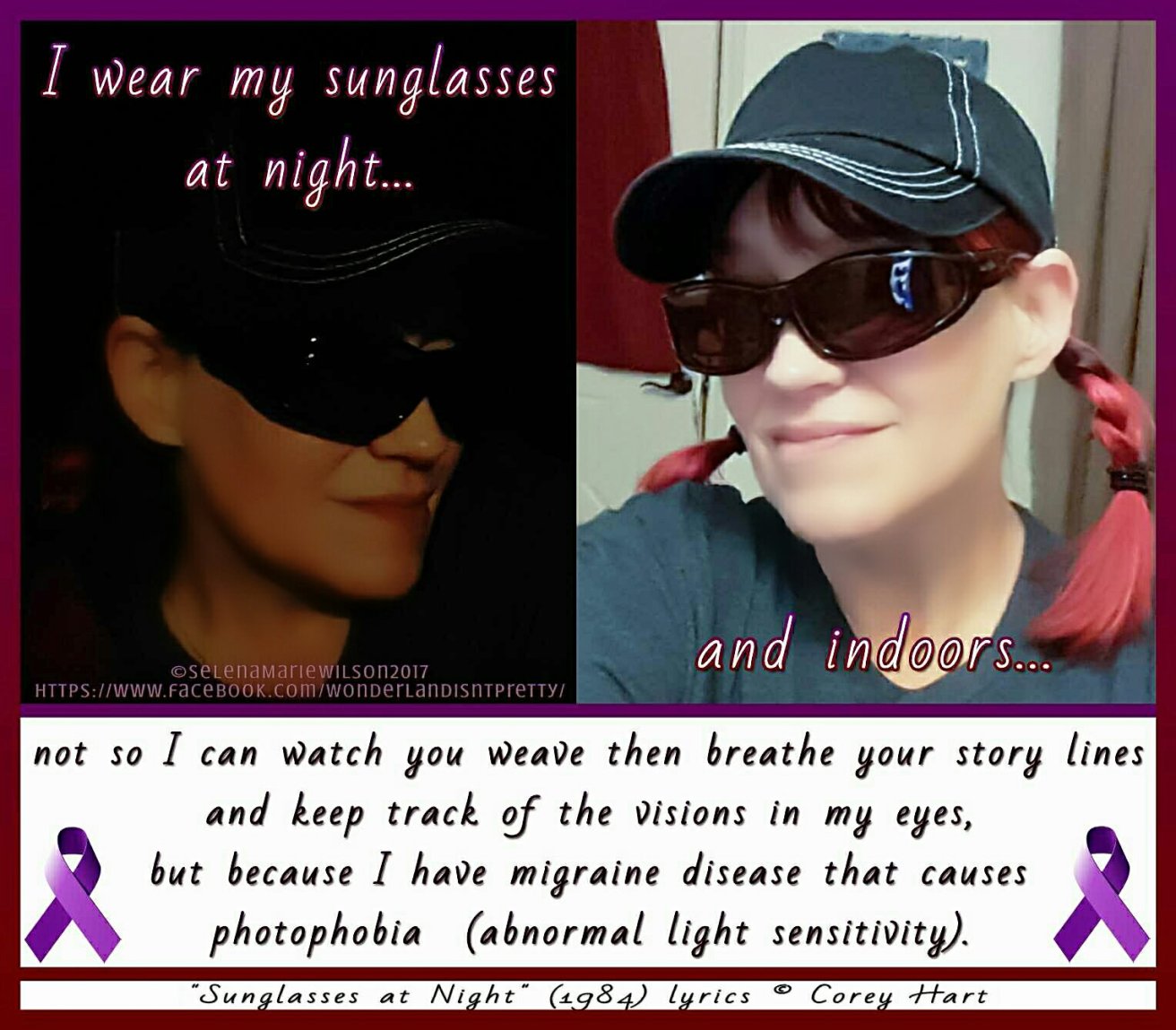
Said everyone with light sensitivity accompanying/preceding a migraine attack ever. (Too bad we often can’t sleep through the symptoms…sigh.)
Photosensitivity is a term used to describe an abnormal sensitivity to light. For practitioners, photosensitivity is a vexing symptom since the pathophysiology of its cause is not well understood and little is known about appropriate treatment. For the patient who has the symptom, disability may ensue and frustration from lack of understanding of the medical community can be prevalent.Terminology
The term “photophobia” is somewhat of a misnomer since phobia refers to a fear of light. We use the word to denote patients who have an abnormal sensitivity to light. While all of us have experienced an uncomfortable sensation when we have gone from a darkly lit room or theatre to the bright outdoors, we soon adapt to the sensation and the light is comfortable again. However, in some patients, bright lights—even normal lights—are always experienced as uncomfortable. “Photo-oculodynia” refers to a non-painful light source producing pain in the eye. “Dazzling” is a term used when things appear too bright, but, while everything is bright overall, the light is not bothersome or painful.Etiology of Photophobia
Many conditions cause photophobia, and the most common condition is migraine. Indeed, photophobia is one of the cardinal features and appears prominently in the International Headache Society’s classification of migraine. Photophobia has been shown to be present during and in between migraine attacks. Furthermore, just having the symptom of photophobia predicts that the individual has underlying migraine (Muelleners et al).
For many of us, light sensitivity is a real problem; not only can it accompany or be the first sign of an attack–it can set off an attack. Some chronic migraineurs find that for them, photosensitivity becomes persistent to the point of being a constant (I’m one of them–um…yay? Do I get a prize? Maybe sunglasses…). Some of us end up getting tinted lenses or wearing sunglasses indoors on a regular basis.
For me, being daily chronic and constantly light sensitive, sunlight and fluorescent lighting are my worst enemies (why I don’t tan and rock the Casper look). At worst, they can cause pain to flare horribly. At best, they’re a low key irritant that raises my symptomatic level a notch or two.
I avoid fluorescents if at all possible, but unfortunately grocery shopping is a must (can’t starve myself despite nausea trying, and the others in my house kinda like food). Fluorescent lighting and bad music on the overhead, not to mention loud announcements and sometimes loud customers make grocery shopping my personal hell. I’m always wiped out and feel lousy (or lousier) afterwards.
Nighttime driving with photophobia? HAHAHAHA…not on my agenda unless it’s an emergency, for a few reasons:
1. Headlights.
All I see coming at me–no road, no traffic lines; JUST. HEADLIGHTS. BLINDING. ME.

2. “Does that vehicle have double headlights, or am I seeing double again?”

3. HALOS AROUND ANYTHING REFLECTIVE. HALOS AROUND LIGHTS. AND WHATEVER THAT LOVELY PHENOMENON IS IN THE BOTTOM PICTURE.
Sure, they’re pretty. They’re also a huge distraction while driving. Not entirely certain if this is an aura or a photophobia thing, but yeah. The first time I saw halos around reflective stuff, I said to my son, “Look! Pretty!” And nearly drove into a ditch because I was so distracted.
4. No pic for this one, but:
“Are those colored halogens in my rear view? Or multicolored halos? Or are those police lights?”
(Please tell me I’m not the only who has that happen.)
5. THIS. FEELING. RIGHT HERE.

Yeah, I’ll pass, thanks.
Photophobia, thou art a scourge upon mine eyes!
-Selena
#MigraineAndHeadacheDisorderAwarenessMonth #MHAM #migraine #chronicmigraine #spreadawarenessnotstigma #NotAHeadache #DownTheRabbitHole #photophobia





